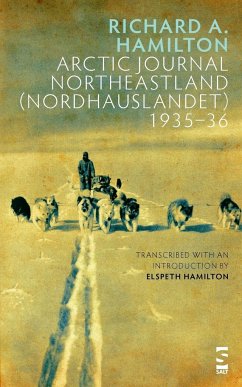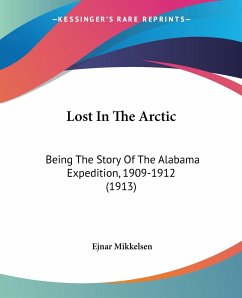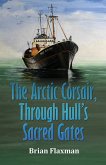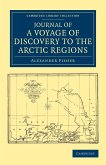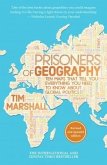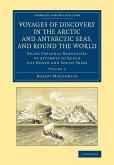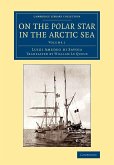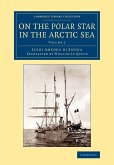Richard Hamilton had just graduated from Oxford University with first class honours when he joined the 1935-36 Oxford University Arctic Expedition to North East Land (Nordhauslandet) in the Svalbard archipelago. As well as the research into conditions at the ice-cap, the aims of the expedition were several: to survey the coasts, starting with the west coast in the first summer, to study the geology and biology of the island, and to carry out investigations into the ionosphere. Meteorological readings were to be taken at the Base three times a day throughout the twelve months of the expedition. These were transmitted to a Norwegian Government station on Bear Island¿-¿a tiny island mid-way between Spitsbergen and the Norway mainland¿-¿and thence to Norway then England, and included in the forecast systems of various countries. The power for this transmission was generated by bicycle dynamo. Further research was to be carried out into terrestrial magnetism, atmospheric ozone and also aurora.
Bitte wählen Sie Ihr Anliegen aus.
Rechnungen
Retourenschein anfordern
Bestellstatus
Storno

